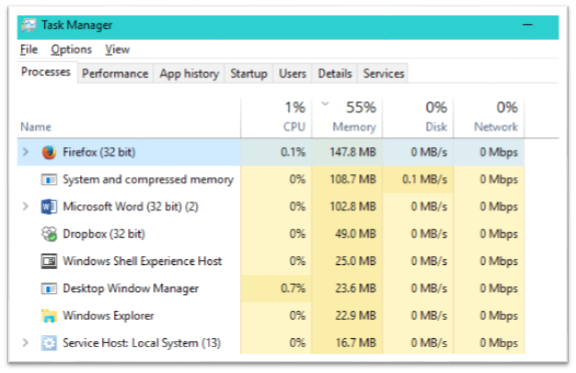Brian Krebs called it a dumpster fire, and I agree. I can’t add any facts to Krebs’ report on the Equifax breach. It happened, and it is bad. The current number of people said to be affected is 176 million and I doubt that number is final. Equifax’s response has not been good.
Self-dealing response
First, there was a long delay between discovery of the breach and informing the public. The delay gave several Equifax insiders an opportunity to dump shares before the inevitable fall in Equifax stock prices. More on that below.
Second, the response has been weak and possibly self-dealing. Equifax is offering a free year of credit monitoring. Many experts, including Krebs and myself, feel that an individual can do a better job of monitoring their own credit than any service if they are willing to make the effort. Credit monitoring is simply watching your accounts for unexpected activity. The services use algorithms to detect unexpected activity, but you know what is happening on your accounts better than any algorithm and you are more likely to catch something out of order than the service. But you have to review account activity frequently— daily is great, weekly is good, monthly at a bare minimum.
The nasty part of the Equifax response is that it is only for a year. The data that was stolen will be useful to crooks for years, perhaps decades. The offer, at least at this writing, is only for a year and they will start to bill you when the year is up. Yes, Equifax’s credit monitoring service may have a windfall of new paying customers a year from now.
Just a bit self-serving, wouldn’t you say?
Potential for mayhem
The credit reporting services (Equifax, TransUnion, Experian, and Innovis) collect data on credit activity and assign individuals credit ratings that your creditors use to decide risks and rates for extending credit to you. If you have a credit card, buy on credit, or have a mortgage, you have a credit rating with the reporting services and they have your data. You don’t send the information to the service, your creditors do. An individual has little control of the data collected by these services. To protect yourself, you should request a credit report at least once a year and check it for accuracy. You might find, for example, that your credit rating has been dinged because a creditor neglected to report that you paid your bill. Honest mistakes happen, and it is up to you to get them corrected.
The point here is that the data is collected without your approval. Credit ratings are not “opt in.” In fact, you can’t opt out. In my opinion, that places extra responsibility on the credit reporting services to keep the data accurate and private, although credit reporting services are largely unregulated. From the reports I have seen on the breach, Equifax was not following best security practices and I am not surprised that hackers got in. That is bad. I will not expect the picture of extent of the breach to be complete for weeks or even months to come.
This breach could force the entire credit industry to change its practices. Certainly, this is a warning shot across the bow to the other credit reporting services. The data that was stolen, names, addresses, phone numbers, credit card numbers, and driver’s license and social security numbers are everything a criminal needs to steal your identity, rack up phony credit purchases, and file a fake tax return in your name. Who knows what other damages the dark side will hatch from this treasure trove. The potential for mayhem is staggering, and the public outcry could equal that over the Enron debacle or the junk mortgage bubble, both of which inspired new regulations that changed corporate governance.
Insider trading and Sarbanes-Oxley
Now back to accusations of insider trading. I have no idea what the insiders knew or did not know, but I have some familiarity with the Sarbanes-Oxley Act which assigns criminal liability to corporate executives and officers who neglect critical security controls. The act, often called SOX, was in response to the Enron collapse of 2001. One of the security controls that SOX often demands is rapid notification of executive management of critical security lapses. If SOX applies, the corporate insiders who dumped their stock could face jail time for not knowing about the breach as soon as it was detected. If they knew about the breach, they are guilty of insider trading. If they didn’t know, they are in violation of SOX. This is something for the SEC to sort out. I find it hard to believe that they were that benighted, but the possibilities for negligence surrounding this event are goggling.
Advice
Krebs recommends that everyone should put a security freeze on their credit reports from each of the big four. I agree, but I also caution that a security freeze is a hassle; you must temporarily unfreeze and refreeze whenever you want to get a loan or open a new line of credit, but it does stop some of the most devastating attacks. Nevertheless, a freeze is not complete protection. You still must keep a hawk eye on your accounts, get your tax returns in early, and monitor your credit rating reports. That does not guarantee you won’t be hit, but it will make you safer than most.
